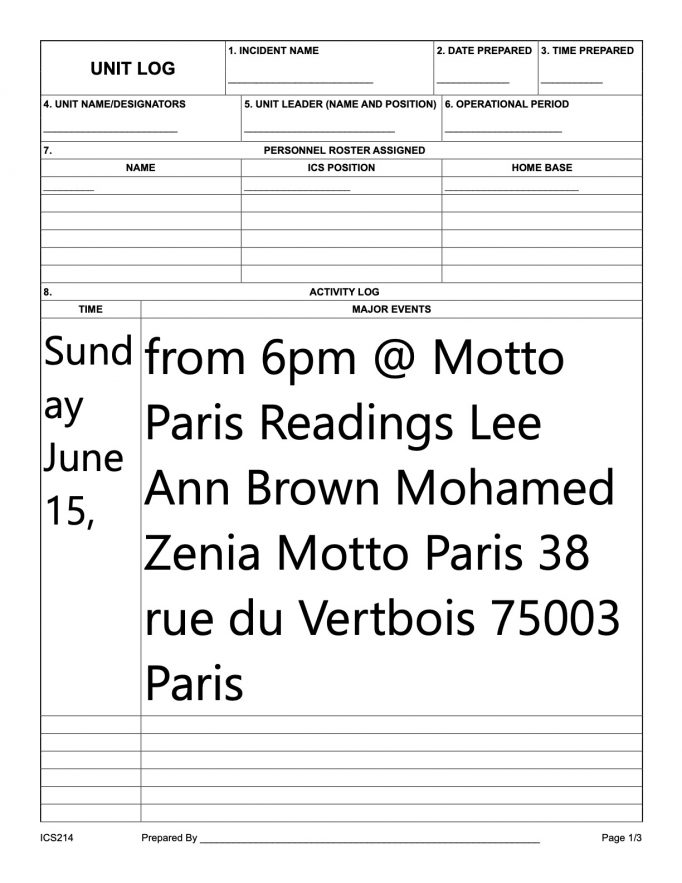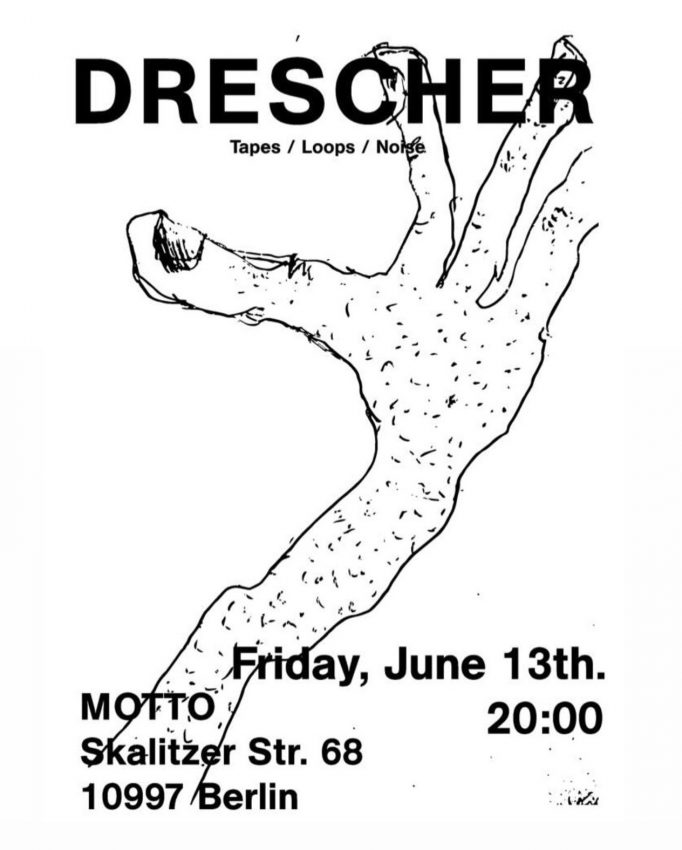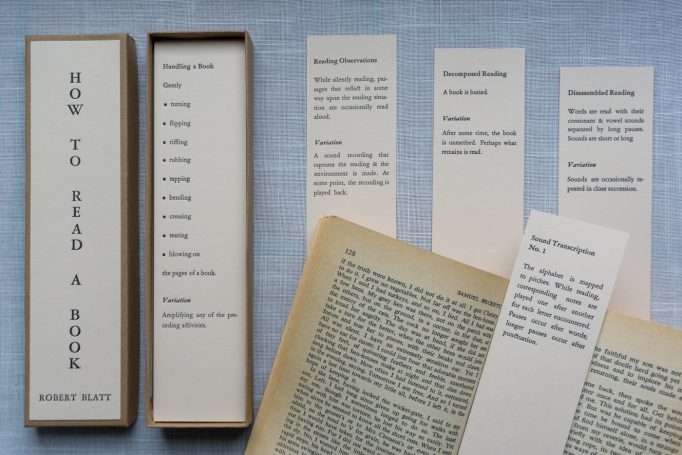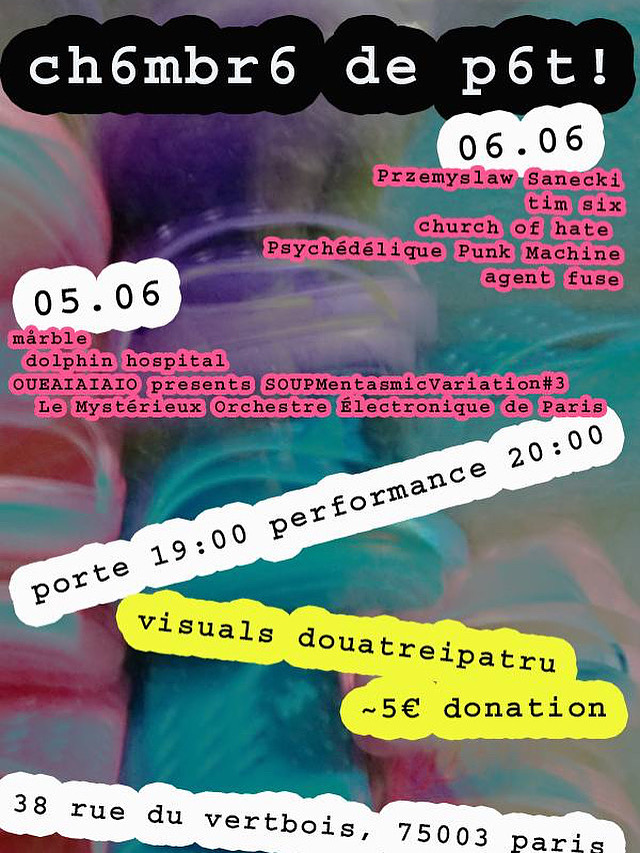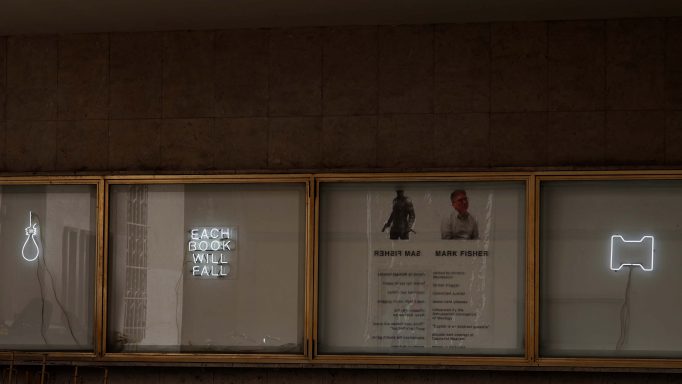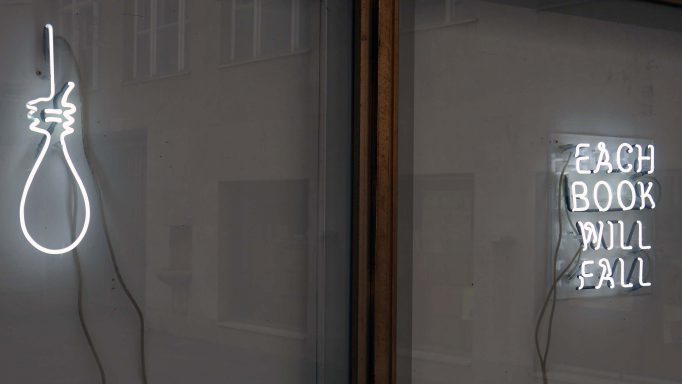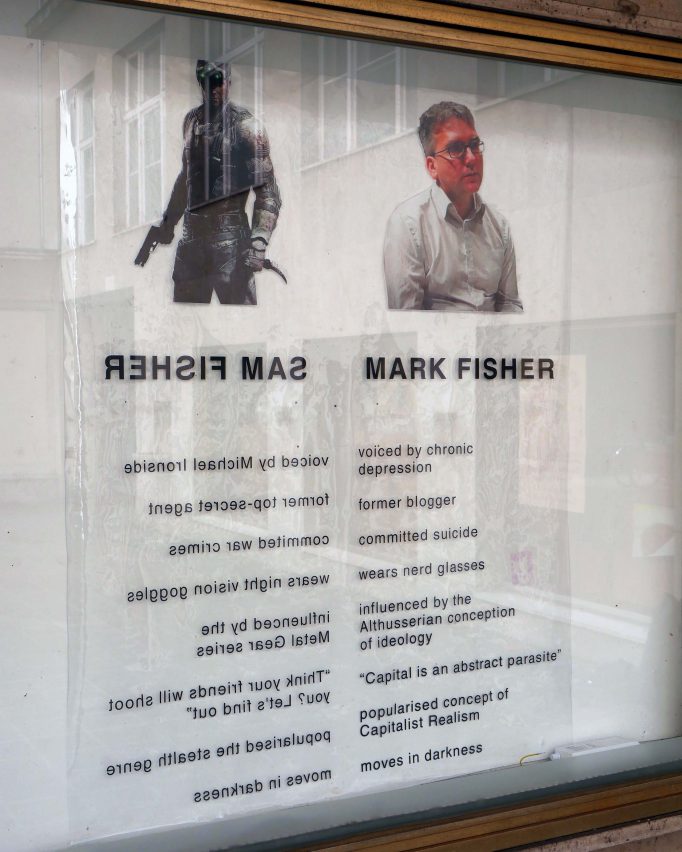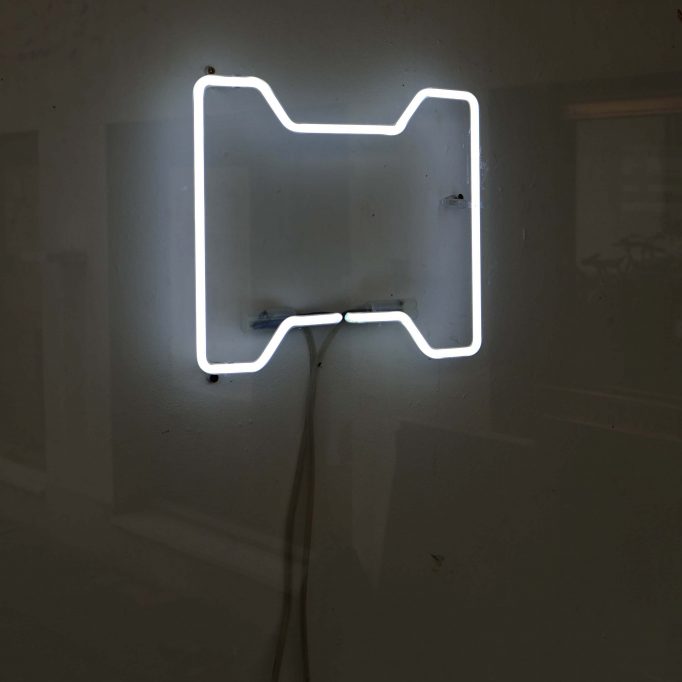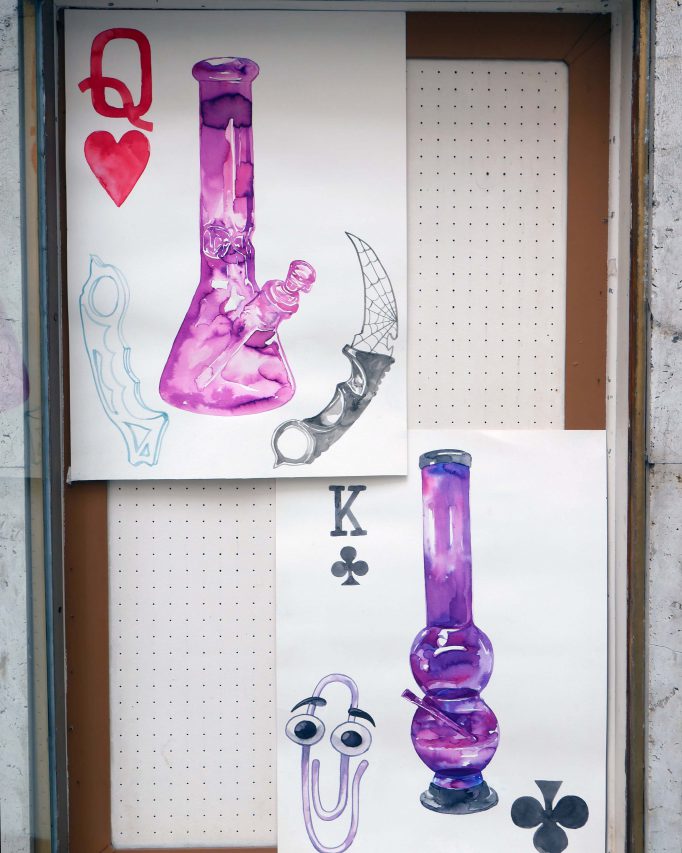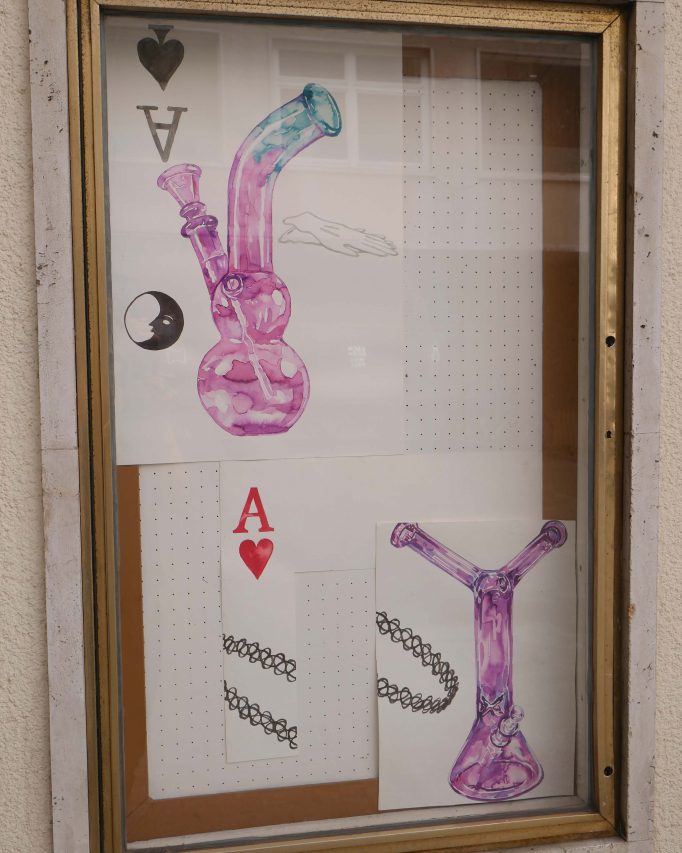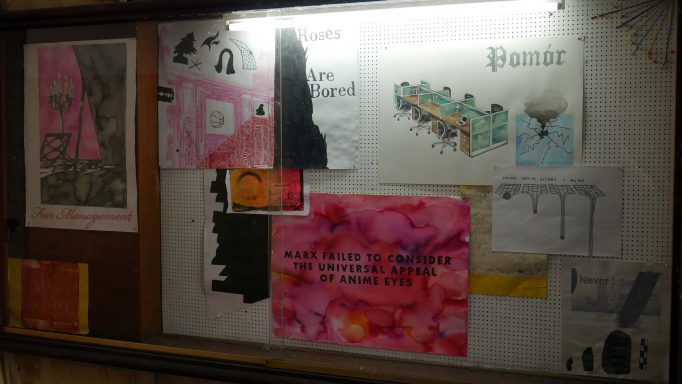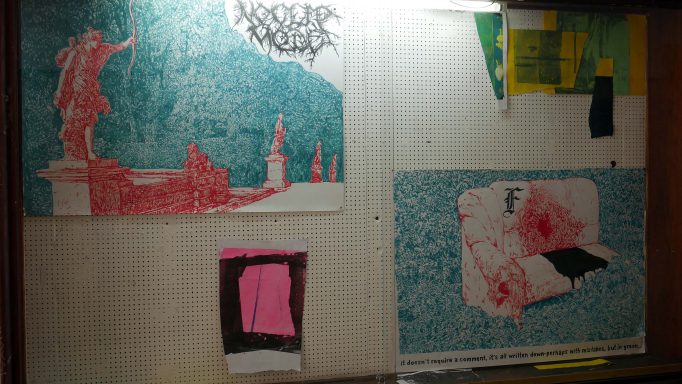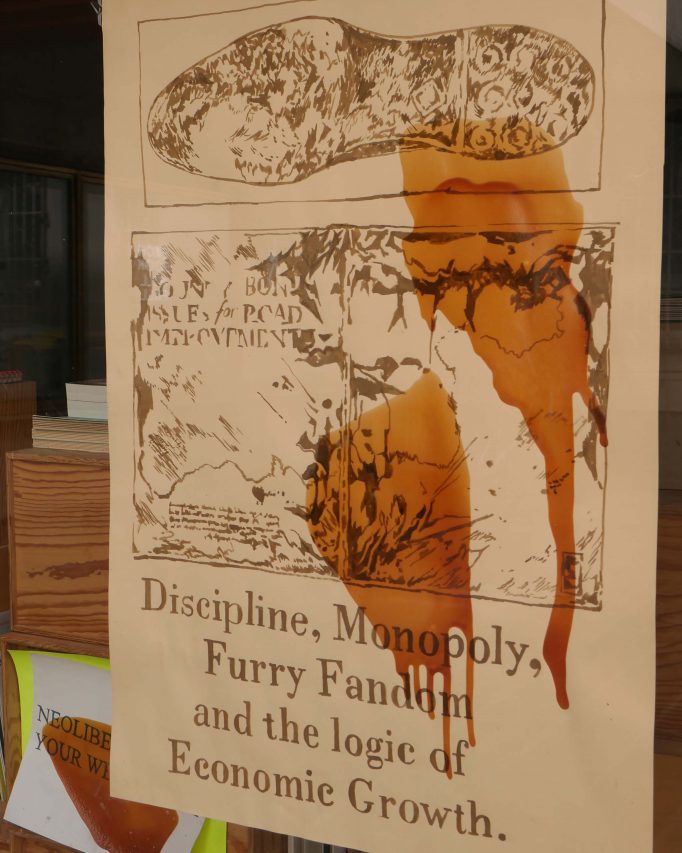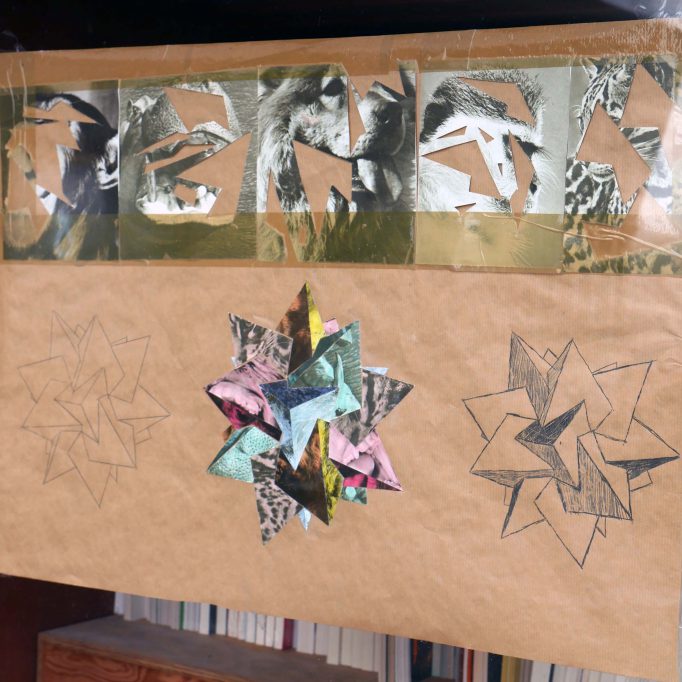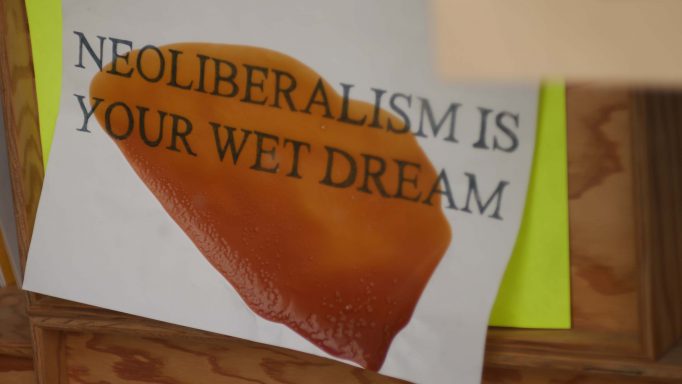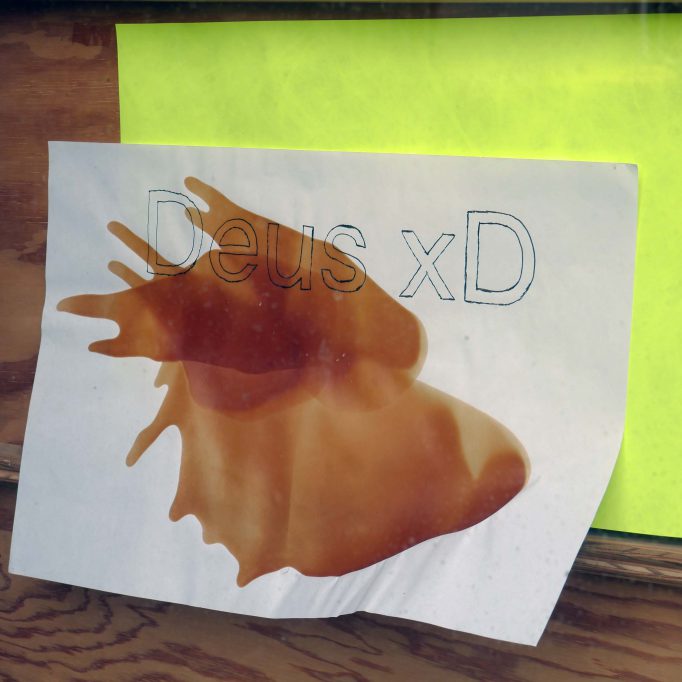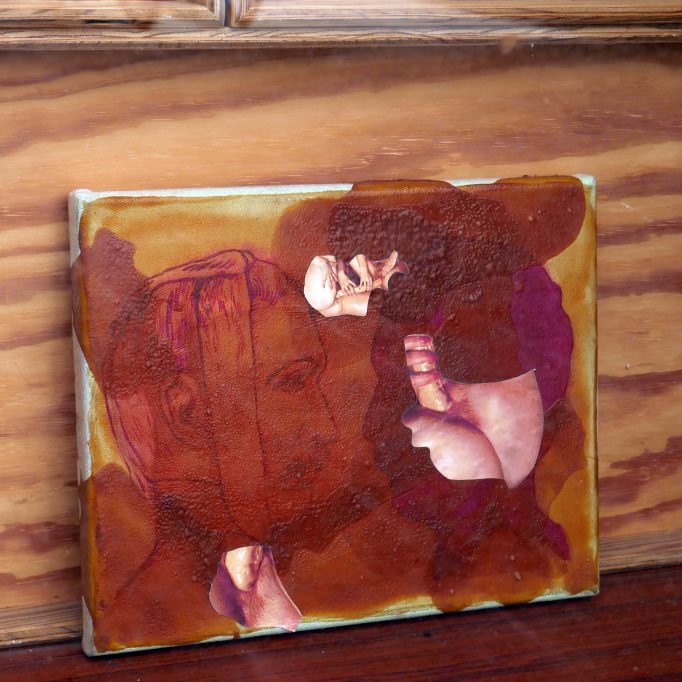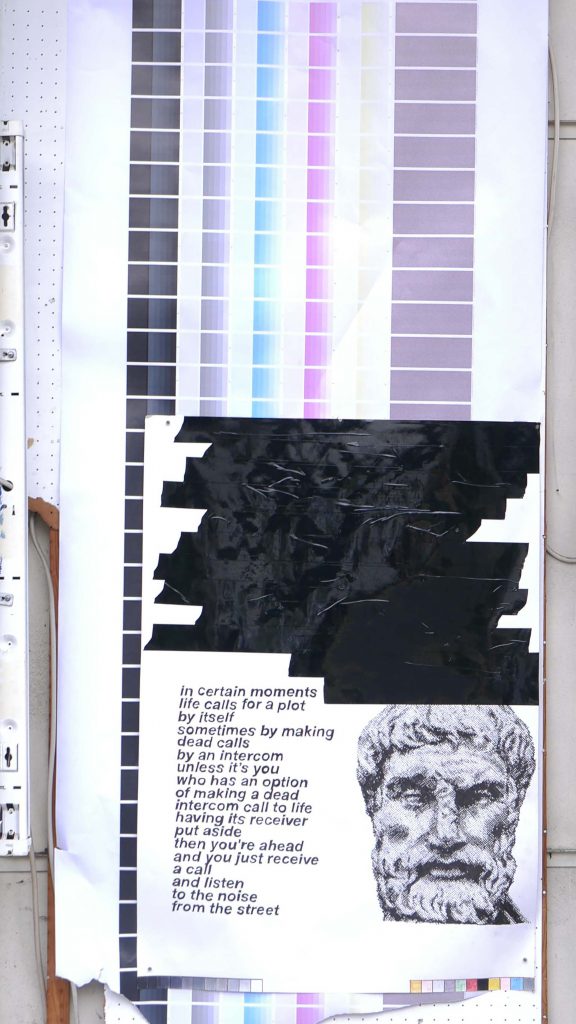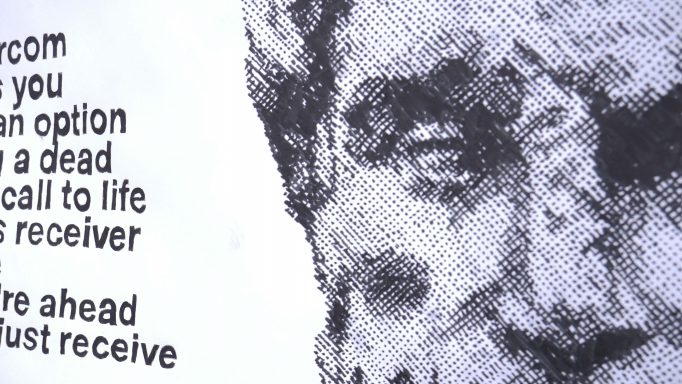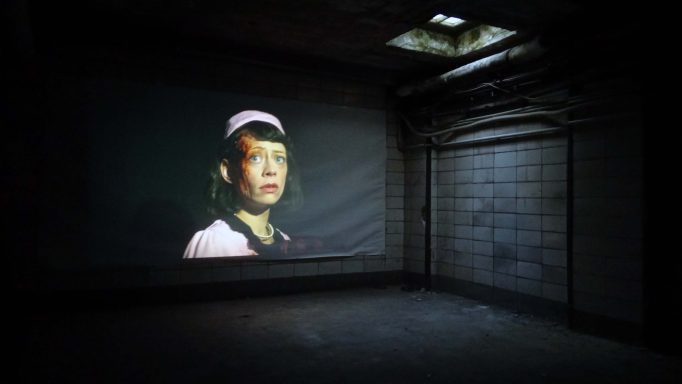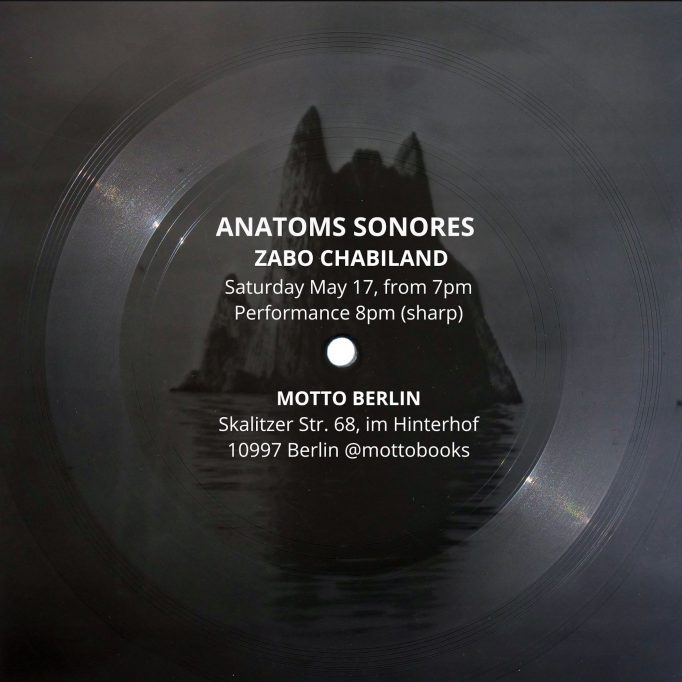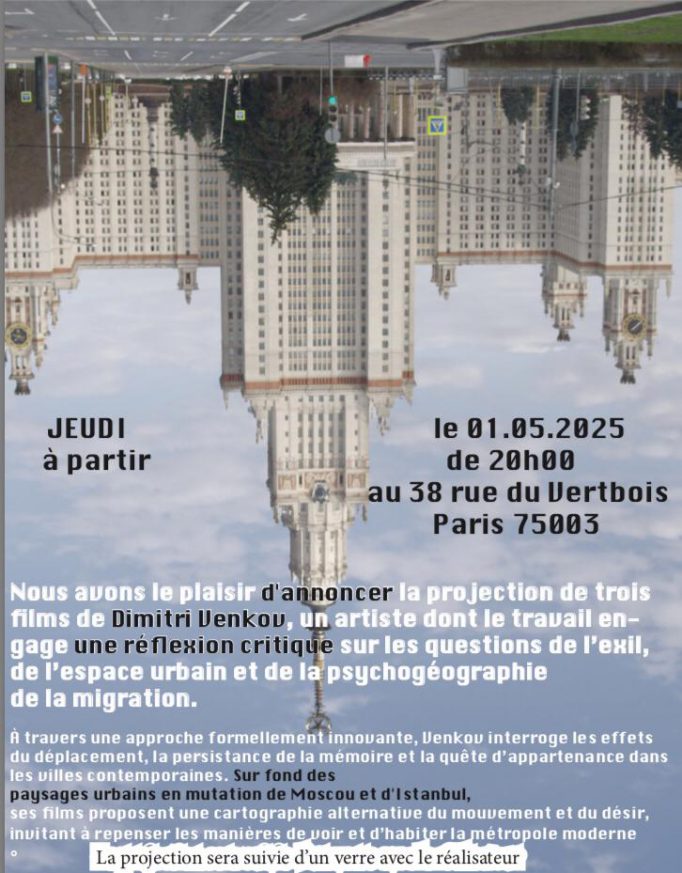Naseej. Book Launch. Motto Berlin. 20.06.2025
Posted in Uncategorized on June 17th, 2025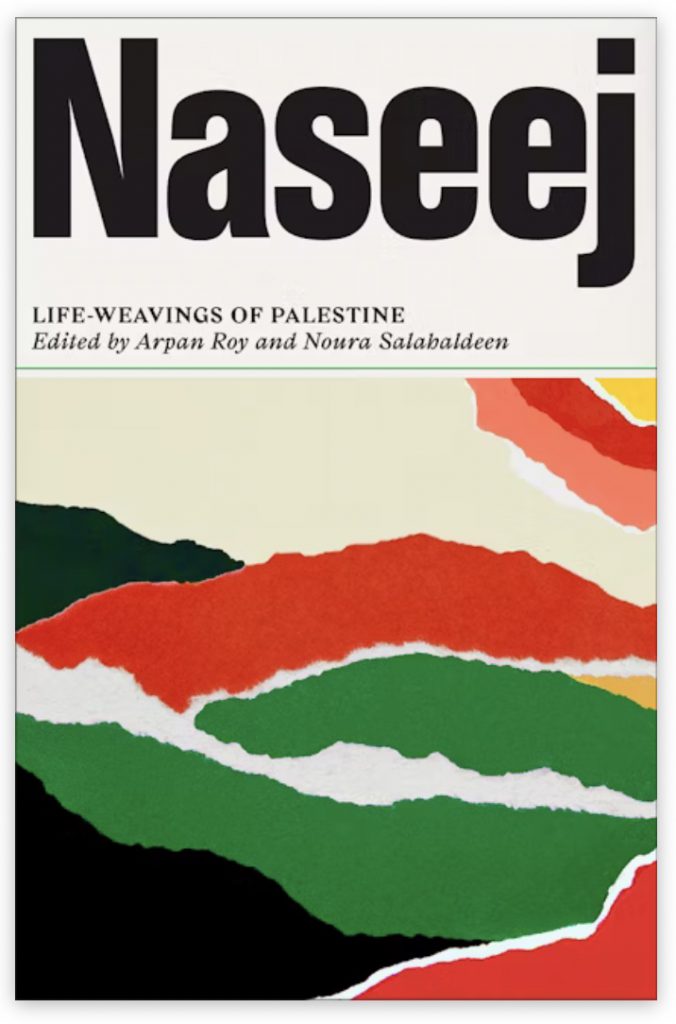
Friday, June 20, at Motto Berlin, from 7pm
Book Launch: Naseej: Life-Weavings of Palestine
Pluto Press, 2025
Please join us for the launch of Naseej: Life-Weavings of Palestine—the first book project from Insaniyyat (the Society of Palestinian Anthropologists). Naseej, meaning “tapestry” in Arabic, is a book about diverse forms of life, communities, histories and continuities in Palestine. It compiles essays, short stories, poetry, interviews, and visual art to tell an aspect of the Palestinian story that has not been told: the severing of Palestinians from vast and ancient regional histories, and the stifling of its precious patchwork of languages, ethnicities, cultures, religions and practices.
Arriving at a moment of utter devastation – one of the most difficult in Palestinian history – this vibrant collection celebrates the diversity of life in Palestine. From the trajectories of Romani groups to the formations of religious communities like Ahmadiyya Muslims in Haifa, to the political experience of Black Palestinians and much more, Naseej asks what kind of threads remain of this tapestry after some 150 years of modernity and colonialism.
The evening will feature the editors of the book, Arpan Roy and Noura Salahaldeen. The discussion will be led by Refqa Abu-Remaileh and Alexandra Sophia Handal.
Motto Berlin, Skalitzerstr. 68, 10997 Berlin.

